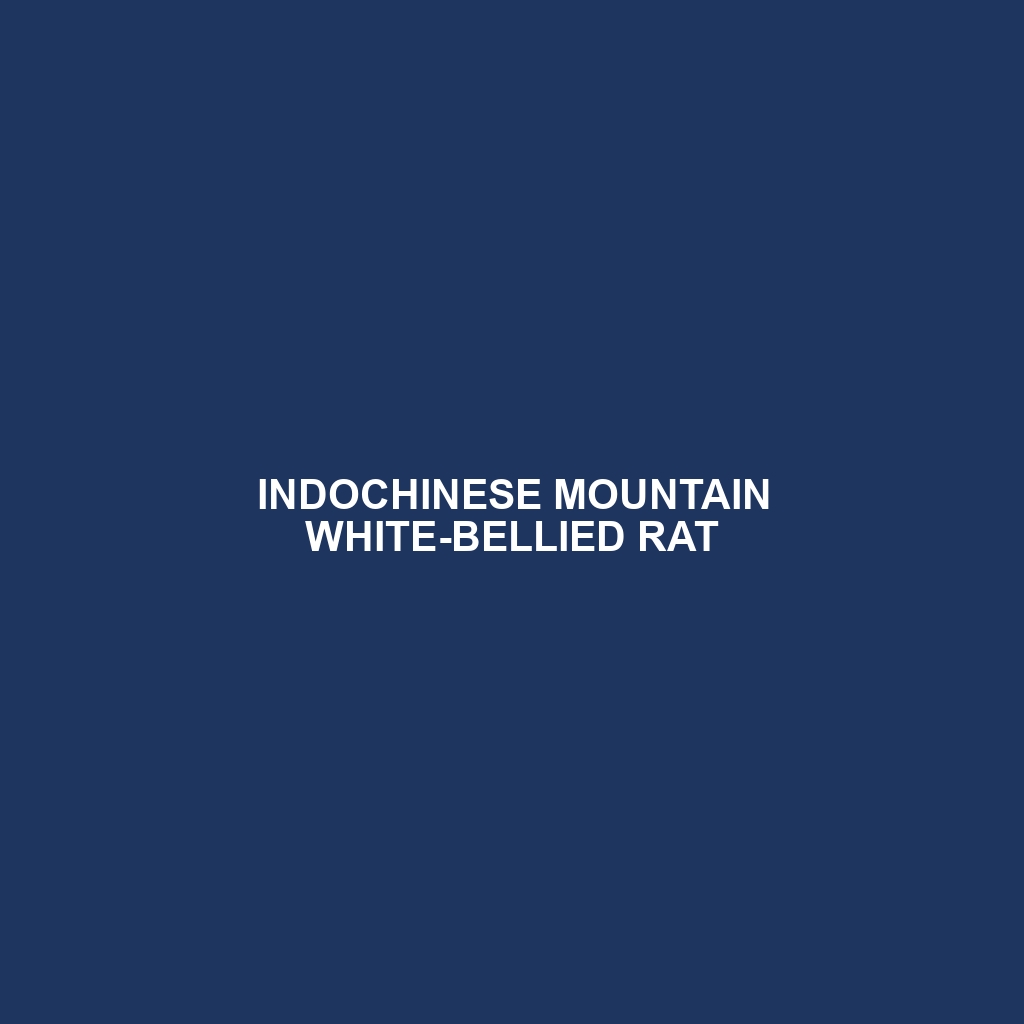Kongana Forest Shrew
Common Name: Kongana Forest Shrew
Scientific Name:
Habitat
The Kongana Forest Shrew is primarily found in the dense tropical rainforests of the Congo Basin, particularly in the Republic of Congo and parts of Gabon. This elusive mammal thrives in humid, shaded environments that provide ample cover and moisture, often residing in the leaf litter and underbrush of its forest habitat. The species is well-adapted to the warm, wet conditions typical of lowland rainforests, making these areas critical for its survival.
Physical Characteristics
Kongana Forest Shrews are small mammals, typically measuring about 15 to 20 centimeters in length, including their tail. They exhibit a soft, dense fur that ranges from dark brown to gray, allowing them to blend seamlessly into their forest surroundings. A notable distinctive feature is their elongated snout, equipped with whiskers that aid in navigating their environment. Their small, beady eyes and large ears enhance their senses in the dimly lit forest floor.
Behavior
This species is largely nocturnal and is known for its secretive behavior. Kongana Forest Shrews engage in fast-paced foraging activities, actively searching for food during the night. They exhibit curious and exploratory tendencies, often burrowing into the leaf litter to find insects and other small invertebrates. Their elusive nature and quick movements make them challenging to observe in the wild.
Diet
The Kongana Forest Shrew primarily feeds on a diet rich in insects, including beetles and ants, as well as other small invertebrates. Occasionally, they may consume plant material such as fruits and seeds. Their ability to find food in the understory of the rainforest highlights their role as insectivores, contributing to controlling insect populations within their habitat.
Reproduction
During the breeding season, which occurs between wet months, female Kongana Forest Shrews give birth to litters of two to five young, after a gestation period of approximately 30 days. The young shrews are born blind and depend on their mother for nourishment and protection until they are able to venture out on their own, typically around four weeks of age. Parental care is strongly exhibited during this vulnerable stage.
Conservation Status
The current conservation status of the Kongana Forest Shrew is classified as vulnerable. Habitat loss due to deforestation and agricultural expansion poses significant threats to their populations. Conservation efforts are essential to preserve their habitats and ensure this species can continue to thrive in its natural environment.
Interesting Facts
One fascinating aspect of the Kongana Forest Shrew is its remarkable ability to navigate through thick underbrush with ease, relying on its keen sense of smell to locate food. Additionally, they are known to communicate using various vocalizations, ranging from high-pitched squeaks to low growls, which play a role in social interactions and territory marking.
Role in Ecosystem
The Kongana Forest Shrew plays a crucial role in its ecosystem as both a predator and prey. By consuming insects, they help maintain the balance of insect populations, promoting overall forest health. Additionally, being a source of food for larger predators, such as snakes and birds of prey, they contribute to the intricate food web of their rainforest habitat.
